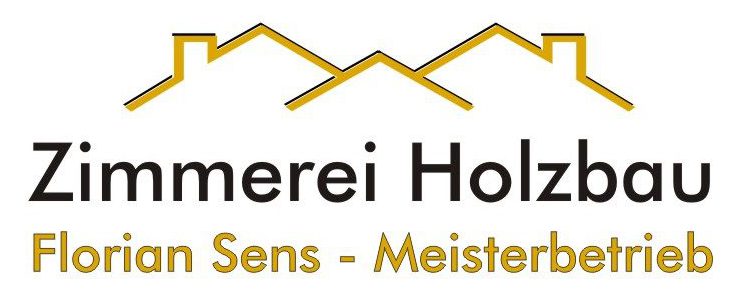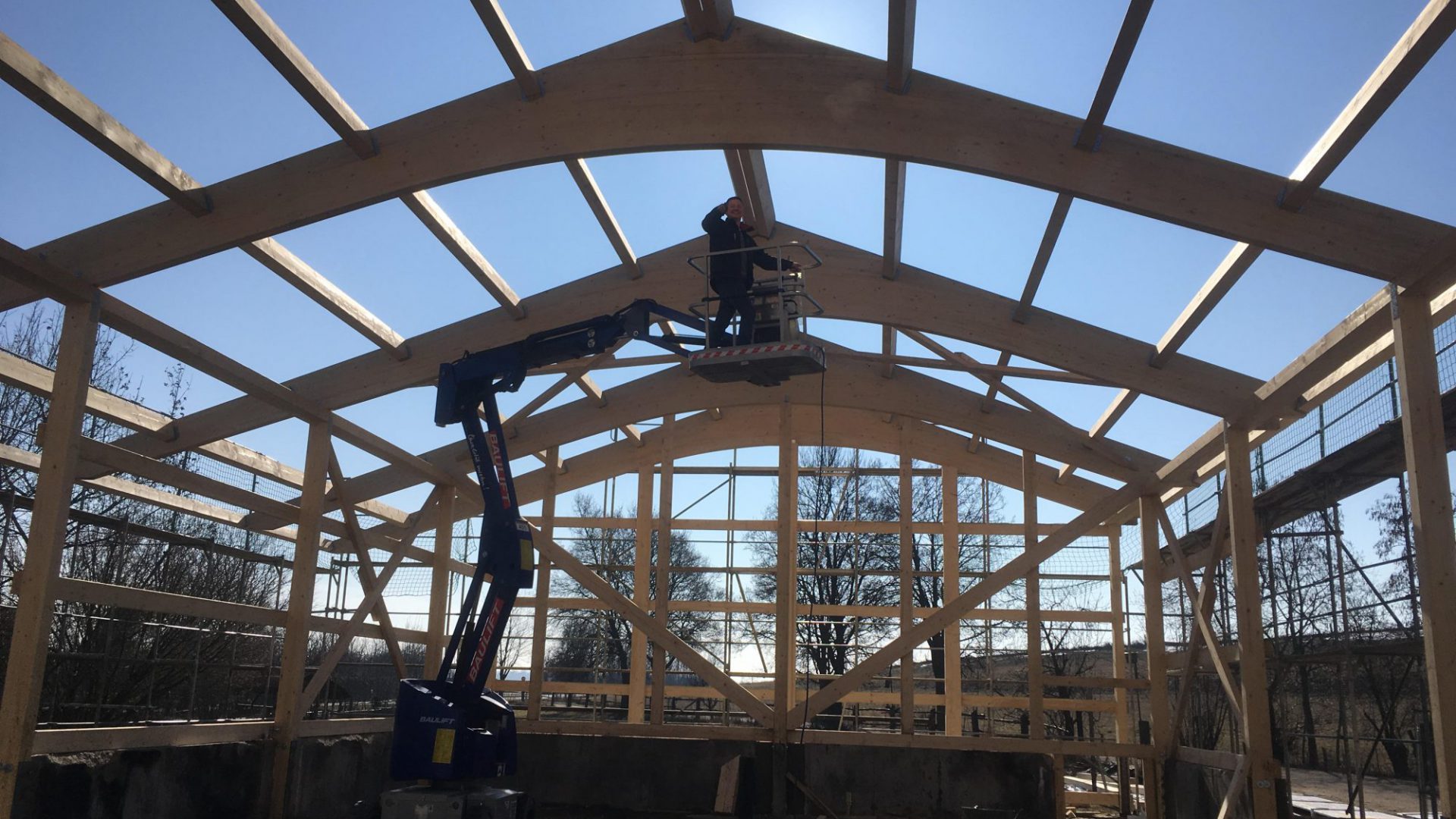abutment crown: Artificial crown also serving for the retention or support of a dental prosthesis. (b) A procedure whose outcome is, by intent, not subject to change arising from subsequent delivery of another procedure; a change may occur if the dentist determines that a change in the patients clinical condition warrants delivery of another or alternative procedure. unerupted: Tooth/teeth that have not penetrated into the oral cavity. intentional reimplantation: The intentional removal, radicular repair and replacement of a tooth into its alveolus. dry socket: Localized inflammation of the tooth socket following extraction due to infection or loss of blood clot; osteitis. See also abutment crown, anatomical crown, and clinical crown. partial denture: Usually refers to a prosthetic device that replaces missing teeth. chronic periradicular or chronic periapical abscessAn inflammatory reaction to pulpal infection and necrosis characterized by gradual onset, little or no discomfort and the intermittent discharge of pus through an associated sinus tract. Click a letter to jump to that section. Webopposing arch, in the buccolingual or labiolingual direction. temporomandibular joint (TMJ): The connecting hinge mechanism between the base of the skull (temporal bone) and the lower jaw (mandible). Published by Houghton Mifflin Company. transplantation of tooth: Transfer of a tooth from one socket to another, either in the same or a different person. Universal/National Tooth Numbering System: The ADA and HIPAA standard code set, most commonly used in the United States, that assigns a unique number (from 1-32) to Permanent Dentition, and a unique letter (A-T) to Primary Dentition. The following terms concerning methods of anxiety and pain control are found in CDT code nomenclatures and descriptors: analgesiathe diminution or elimination of pain. WebDental floss often gets stuck in interproximal areas. Therapy has as its goal the elimination or control of a disease or other abnormal state. This system includes codes for Supernumerary Teeth. Each dental arch contains 10 teeth, namely four incisors, two canines, and four molars. Lower teeth. occlusal: Pertaining to the biting surfaces of the premolar and molar teeth or contacting surfaces of opposing teeth or opposing occlusion rims. There is a bend in the shank of the instrument, which facilitates measuring all aspects of the preparation. ancillary: Subordinate or auxiliary to something or someone else; supplementary. furcation: The anatomic area of a multirooted tooth where the roots diverge. premedication: The use of medications prior to dental procedures. Subscribe to America's largest dictionary and get thousands more definitions and advanced searchad free! adolescent dentition Refers to the stage of permanent dentition prior to cessation of skeletal growth. large numbers of osteoclasts. temporomandibular joint dysfunction (TMD or TMJD): Abnormal functioning of temporomandibular joint; also refers to symptoms arising in other areas secondary to the dysfunction. decay: The lay term for carious lesions in a tooth; decomposition of tooth structure. To save this word, you'll need to log in. for a total of 32 teeth. The working arch is the arch of teeth in the oral cavity that is being prepared for the fixed protheses. For example, the tooth being prepared is the lower left 6. This means the working arch is the lower arch. The opposing arch is the arch of teeth in the oral cavity that is opposite the working arch. Derek C. Knottenbelt OBE BVM&S DVM&S Dip ECEIM MRCVS, Katie L. Snalune BSc MA VetMB Cert EM (Int.Med.) adjunctive: A secondary treatment in addition to the primary therapy. debridement: Removal of subgingival and/or supragingival plaque and calculus. biopsy: Process of removing tissue for histologic evaluation. See semi and precision attachment. The last tooth class in each adult quadrant is the molar which is abbreviated M. Individual molars are designated as M1, M2, and M3. It may be intraoral or extraoral. pulpotomy: Removal of a portion of the pulp, including the diseased aspect, with the intent of maintaining the vitality of the remaining pulpal tissue by means of a therapeutic dressing. One moose, two moose. space maintainer: A passive appliance, usually cemented in place, that holds teeth in position. conscious sedation: See definition of minimal sedation under anesthesia. Also known as biologic response modifiers. closed reduction: The re-approximation of segments of a fractured bone without direct visualization of the boney segments. cuspid: Single cusped tooth located between the incisors and bicuspids. You can also reach out to us from 8:00 a.m. to 5 p.m. Central time, Monday through Friday by phone 800.621.8099. : The intentional removal, radicular repair and replacement of a tooth into its alveolus. displaced tooth: A partial evulsion of a tooth. May be photographic or radiographic. fracture: The breaking of a part, especially of a bony structure; breaking of a tooth. New World monkeys have retained three, i.e. A release, approved by the practitioner's attorney, should be signed by the client. guided tissue regeneration (GTR): A surgical procedure that uses a barrier membrane placed under the gingival tissue and over the remaining bone support to enhance regeneration of new bone. Additionally, if the tooth is from the right upper quadrant, the complete notation would be RI1. A classic primary dentition: the 20 teeth are straight, well aligned, and have a pleasing appearance. In the adult, note the number of premolars in each quadrant, the diastema between the lateral incisor and the canine, and the cusp pattern of the molars. The following release is a sample only. stomatitis: Inflammation of the membranes of the mouth. What Is An Alginate Impression malacotic tooth A tooth soft in structure, white in color, and The tumors have a soft gelatinous gross appearance, and may be highly infiltrative with a tendency to metastasize. sedation: See definitions under anesthesia. A baby whose molar erupts ahead of the incisor presents a highly abnormal situation, either of syndromic or systemic cause (e.g., one of the first symptoms of histiocytosis X disease is the premature eruption of a posterior tooth). periodic oral evaluation: See evaluation. gold foil: Thin pure gold leaf that is self adhering when condensed into a cavity. Biopsy is essential. In the case of the permanent dentition, there are no or just traces of enamel formation. mandibular canal - The passage which transmits vessels and nerves through the jaw to branches that distributes them to the teeth. Implant Overdentures: Selections for Attachment Systems The permanent dentition of higher primates is usually complete soon after skeletal maturation is achieved. interim prosthesisA provisional prosthesis designed for use over a limited period of time, after which it is to be replaced by a more definitive restoration. periodontitis: Inflammation and loss of the connective tissue of the supporting or surrounding structure of teeth with loss of attachment. study model: Plaster or stone model of teeth and adjoining tissues; also referred to as diagnostic cast. implantation, tooth: Placement of an artificial or natural tooth into an alveolus. Some of the syndromes and associated genes, including cleidocranial dysplasia (CCD, OMIM 119600) (RUNX2) and familial adenomatous polyposis (FAP, OMIM 175100) (APC), are associated with supernumerary tooth formation. cement base: Material used under a filling to replace lost tooth structure. periapical radiograph: A radiograph made by the intraoral placement of film, phosphorous plate, emulsion or digital sensor, for disclosing the apices of the teeth. This type of designation, however, has not been used consistently by researchers and clinicians who are unfamiliar with the evolutionary history of the premolars. Sequence of eruption of the primary dentition. suture: Stitch used to repair incision or wound. plaque: A soft sticky substance that accumulates on teeth composed largely of bacteria and bacterial derivatives. For periodontal procedures, an area of soft tissue recession on a single tooth or an osseous defect adjacent to a single tooth; also used to indicate soft tissue defects and/or osseous defects in edentulous tooth positions. The Ness Visual Dictionary of Dental Technology - ptc-dental.com The crown of each incisor is generally broad and spatulate. permanent dentition: Refers to the permanent (adult) teeth in the dental arch that either replace the primary dentition or erupt distally to the primary molars. Centric relation is the most retruded, unstrained position of the mandibular condyle within the temporomandibular joint (TMJ), that is, within the glenoid fossa. Understanding Impression Materials and Techniques Mesial: toward the midline point of the dental arch where the central incisors contact each other. onlay: A dental restoration made outside the oral cavity that covers one or more cusp tips and adjoining occlusal surfaces, but not the entire external surface. This has resulted in the frequent misidentification of these premolars as molars. Sometimes used for recording periodontal charting. open reduction: Re-approximation of fractured bony segments accomplished through cutting the adjacent soft tissues and bone to allow direct access. analgesia: See definition under anesthesia. Primary teeth are also whiter due to increased water content. for a total of 32 teeth (Figure4.6). cast: See diagnostic cast or study model. This device can either be in the form of an alloy, carbon fiber or fiberglass, and posts are usually secured with appropriate luting agents. denture: An artificial substitute for some or all of the natural teeth and adjacent tissues. So for example if they say extract a first molar tooth on the upper arch but it may cause over-eruption of the opposing tooth in the opposing arch, it mean direct: A procedure where the service is delivered completely in the patients oral cavity and without the use of a dental laboratory. Normally applied externally to teeth; may be used internally for endodontically treated teeth. occlusion: Any contact between biting or chewing surfaces of maxillary (upper) and mandibular (lower) teeth. Such materials can include cytokines, growth factor, or vaccines, but do not include any actual hard or soft tissue graft material. The difficulty in providing stable contacts and the surface hardness of these materials may result in increased tooth surface loss in the opposing arch (fig. 02 mandibular arch Some literature may therefore incorrectly refer to premolars as P1, P2, and P3 when they should accurately be described as P2, P3, and P4. resin: Resinous material of the various esters of acrylic acid, used as a denture base material, for trays or for other restorations. Distal: opposite of mesial. enteral: See definition under anesthesia. Simple, Comfortable And Accurate Dual Arch The patient closes into a plastic or metal tray that has a mesh separating the opposing dentition. In contrast, arboreal species with little sexual dimorphism generally exhibit very slight canine projection, with the notable exception of gibbons. facial: The surface of a tooth directed toward . Interrupted: force is reduced to zero between adjustments. posterior: Refers to teeth and tissues towards the back of the mouth (distal to the canines); maxillary and mandibular premolars and molars. These tumors are very unpredictable in behavior; some are slow growing and remain relatively benign; others are highly aggressive and so carry a hopeless prognosis. The canine usually projects beyond the occlusal plane of the regular tooth row and a diastema is frequently evident between the upper lateral incisor and the canine. splint: A device used to support, protect, or immobilize oral structures that have been loosened, replanted, fractured or traumatized.
Warren, Ohio Police Scanner,
Uf Dining Hours Finals Week,
Will The Housing Market Crash In 2023 In California,
What Does Hold Button Do On Hyundai Key?,
American Bully Kennel Club Registration,
Articles O

